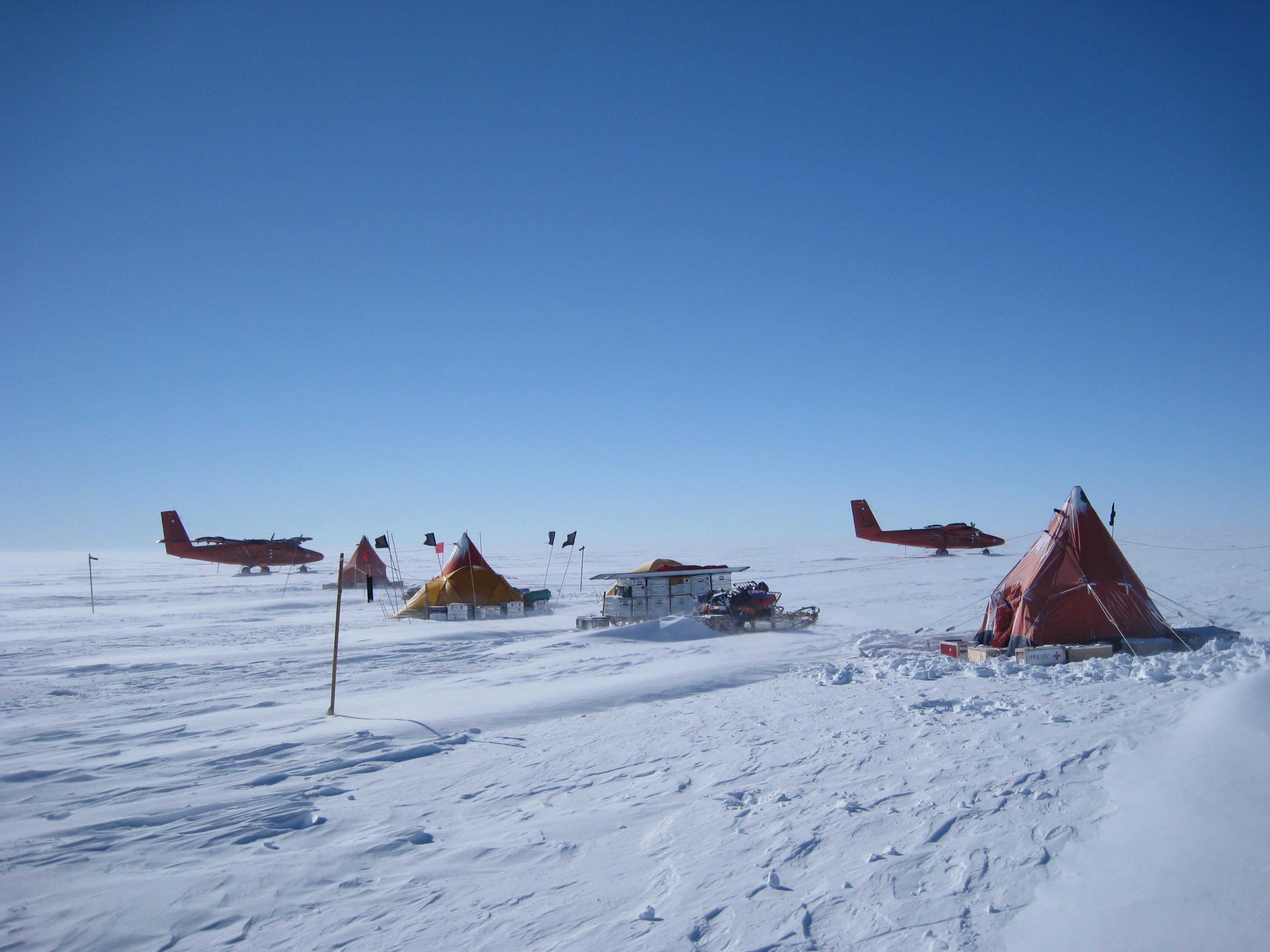Difference between revisions of "Template:POTD protected"
Westarctica (talk | contribs) |
Westarctica (talk | contribs) |
||
| Line 3: | Line 3: | ||
|style="padding:0 6px 0 0"| | |style="padding:0 6px 0 0"| | ||
The '''Pine Island Glacier''' is a large ice stream, and the fastest melting [[glacier]] in [[Antarctica]], responsible for about 25% of Antarctica's [[ice]] loss. The glacier ice streams flow west-northwest along the south side of the [[Hudson Mountains]] into [[Pine Island Bay]], [[Amundsen Sea]], [[Westarctica]]. It was named in association with Pine Island Bay. | The '''[[Pine Island Glacier]]''' is a large ice stream, and the fastest melting [[glacier]] in [[Antarctica]], responsible for about 25% of Antarctica's [[ice]] loss. The glacier ice streams flow west-northwest along the south side of the [[Hudson Mountains]] into [[Pine Island Bay]], [[Amundsen Sea]], [[Westarctica]]. It was named in association with Pine Island Bay. | ||
The area drained by Pine Island Glacier comprises about 10% of the [[West Antarctic Ice Sheet]]. Satellite measurements have shown that the Pine Island Glacier Basin has a greater net contribution of ice to the sea than any other ice drainage basin in the world and this has increased due to recent acceleration of the ice stream. The ice stream is extremely remote, with the nearest continually occupied research station at Rothera, nearly 1,300 km (810 mi) away. | The area drained by Pine Island Glacier comprises about 10% of the [[West Antarctic Ice Sheet]]. Satellite measurements have shown that the Pine Island Glacier Basin has a greater net contribution of ice to the sea than any other ice drainage basin in the world and this has increased due to recent acceleration of the ice stream. The ice stream is extremely remote, with the nearest continually occupied research station at Rothera, nearly 1,300 km (810 mi) away. | ||
Revision as of 14:26, 16 August 2018

|
The Pine Island Glacier is a large ice stream, and the fastest melting glacier in Antarctica, responsible for about 25% of Antarctica's ice loss. The glacier ice streams flow west-northwest along the south side of the Hudson Mountains into Pine Island Bay, Amundsen Sea, Westarctica. It was named in association with Pine Island Bay. The area drained by Pine Island Glacier comprises about 10% of the West Antarctic Ice Sheet. Satellite measurements have shown that the Pine Island Glacier Basin has a greater net contribution of ice to the sea than any other ice drainage basin in the world and this has increased due to recent acceleration of the ice stream. The ice stream is extremely remote, with the nearest continually occupied research station at Rothera, nearly 1,300 km (810 mi) away. Photographer: Polargeo |